
Knowing some Brazilian Portuguese (BP) is essential for any capoeirista—every aspect of capoeira uses words, phrases, and idioms from Brazil’s national language. For non-native speakers, this can be a significant hurdle in learning capoeira as well as interacting with teachers and peers. Fortunately, in the digital age, resources for learning BP are abundant and free!
Brazilian Portuguese
First, a little background on the language itself:- Mostly spoken in Brazil, it is one dialect of the Portuguese language; the other major dialect being European Portuguese, mostly spoken in Portugal.
- It is spoken by over 200 million people worldwide.
- The Portuguese language was first brought to the South American continent by Portuguese colonists in the 16th century; Portuguese was not widely favored in Brazil, however, until the 18th century.
- It’s a descendant of Latin—specifically Vulgar Latin, which was spoken by the general populace in the Roman Empire.
- BP has been largely influenced by other languages and cultures: Yoruba, Tupi-Guarani, and English to name a few.
Why Should I Learn Brazilian Portuguese?
Even if you’ve only been to one capoeira class, you’ve probably noticed that all of the movements in capoeira have BP names. All of the song lyrics and the names of the instruments follow suit. In capoeira, everyone is eventually given an apelido (a capoeira nickname), and these are almost always BP as well.Capoeira is dominated by Brazilian teachers and mestres, and in some groups class is taught in BP. Someday you will find yourself at an event workshop being taught in BP, or listening to a speech given entirely in BP. Speaking of events, batizados and troca de cordas (graduation events) include many native and non-native speakers using BP for both formal and informal interactions.
It’s easy to see that for capoeiristas, learning BP is unavoidable: you will undoubtedly pick up many words, whether you know their broader meaning or not. Why not at least allow yourself to learn a little grammar, a few colloquialisms and niceties? It’ll help make sense of the philosophy and history of capoeira (and Brazil), you’ll gain a better understanding of movements and sequences, songs will be easier to learn and sing, and you’ll have more meaningful connections with the people of capoeira.
Resources For Capoeiristas
Here are the best resources I’ve found for learning Brazilian Portuguese. Rather than overwhelm you with a bunch of links, I believe this short list will get you very far and with great success. Just remember to set aside a little time every day, and have fun!- Duolingo [www.duolingo.com] — The best language learning app around. The interactive lessons are free, high quality, and fun! They have apps for iOS and Android, as well as a website. If you do two lessons a day (ten minutes), as I do, you’ll surprise yourself with how fast you start to pick up on new words.
- Pimsleur Portuguese (Brazilian) [www.pimsleur.com] — The Pimsleur series are comprised primarily of audio lessons, but include some physical learning materials as well. The Pimsleur method had me (and my kids) speaking BP in 5 minutes; the lessons are clear, accessible, and engaging. Highly recommended.
- Portuguese cartoons, books, and comics for children (such as this YouTube playlist) — This is a neat little trick I picked up from experienced language learners and polyglots. These works are designed to be simple, entertain, and teach language basics—perfect! Some may not be explicitly Brazilian Portuguese, such as the example I’ve linked to, but it’s more than adequate to increase one’s understanding of the grammar (rules) and phonemes (sounds) present in a language. The pacing is great for new listeners.
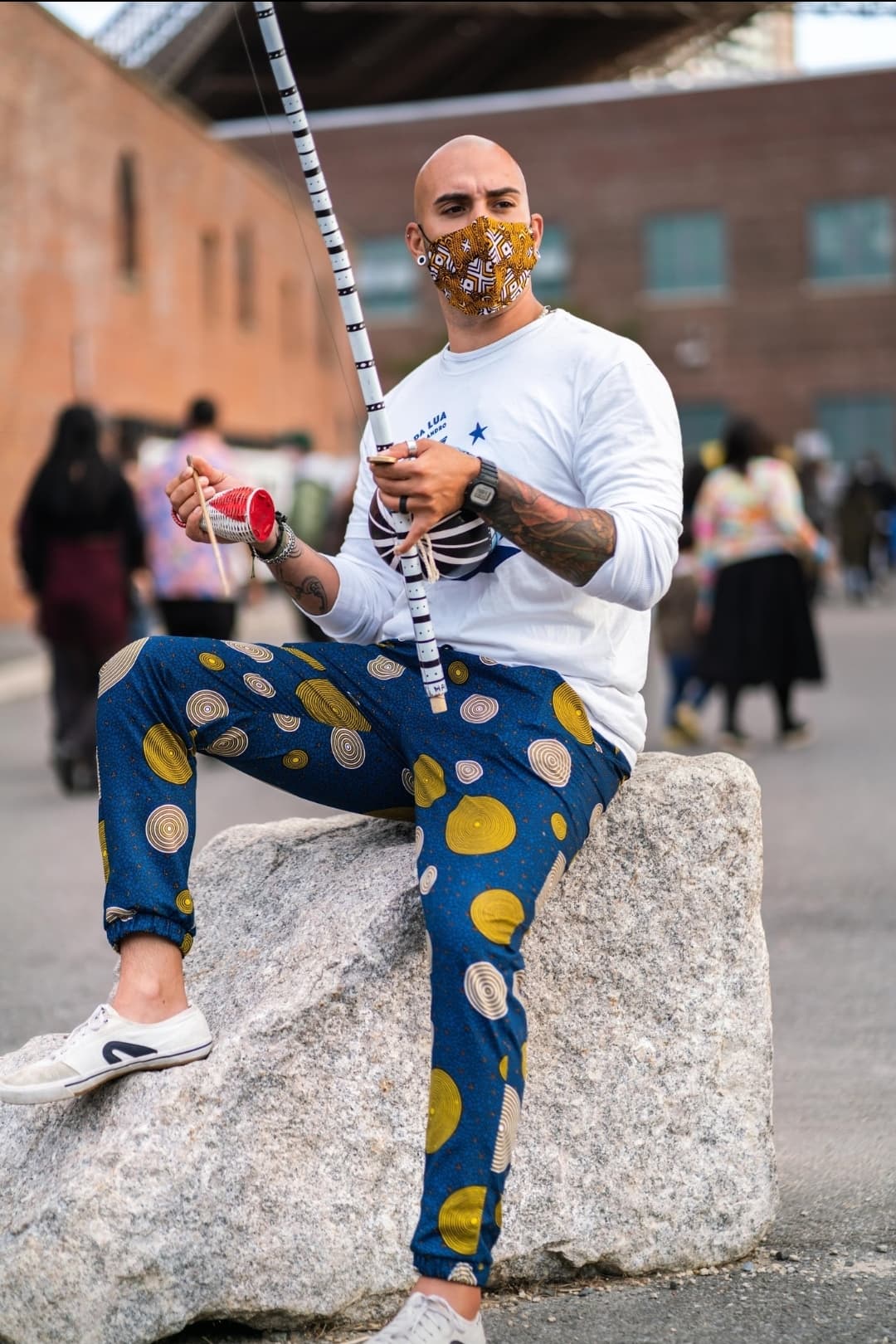
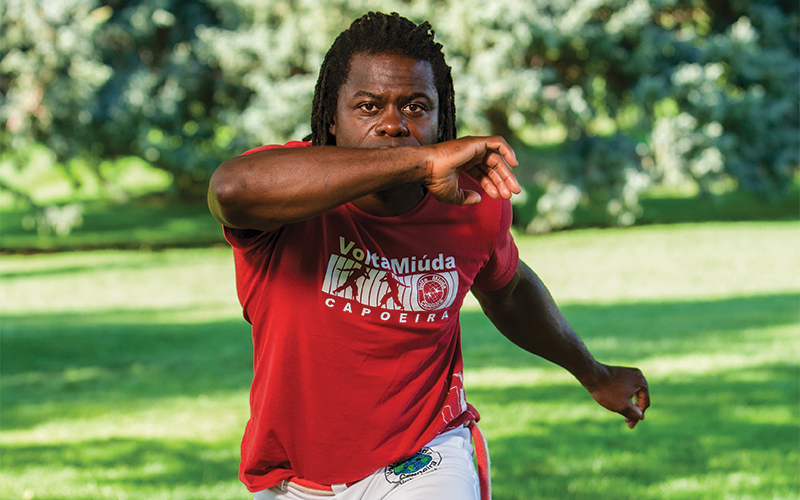
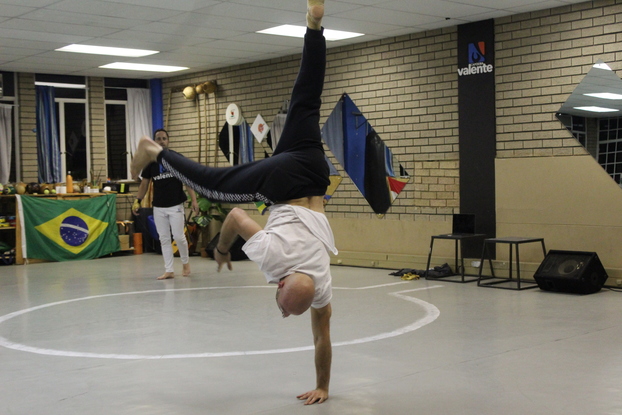
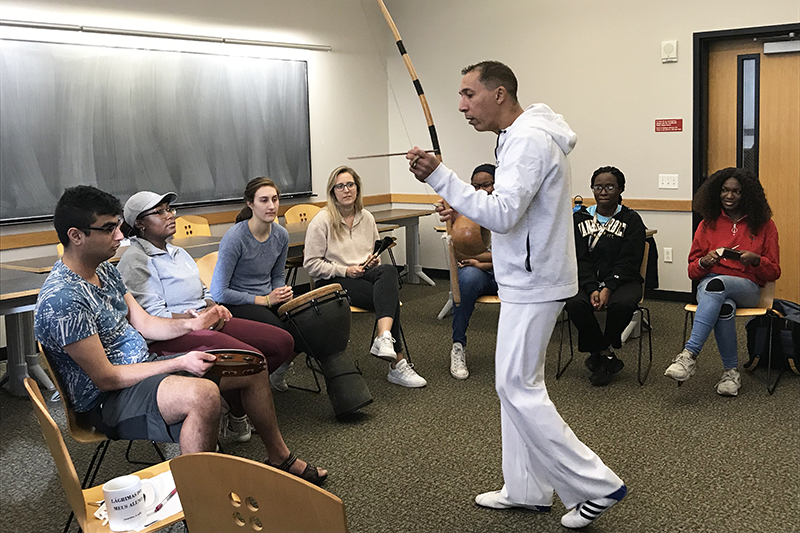
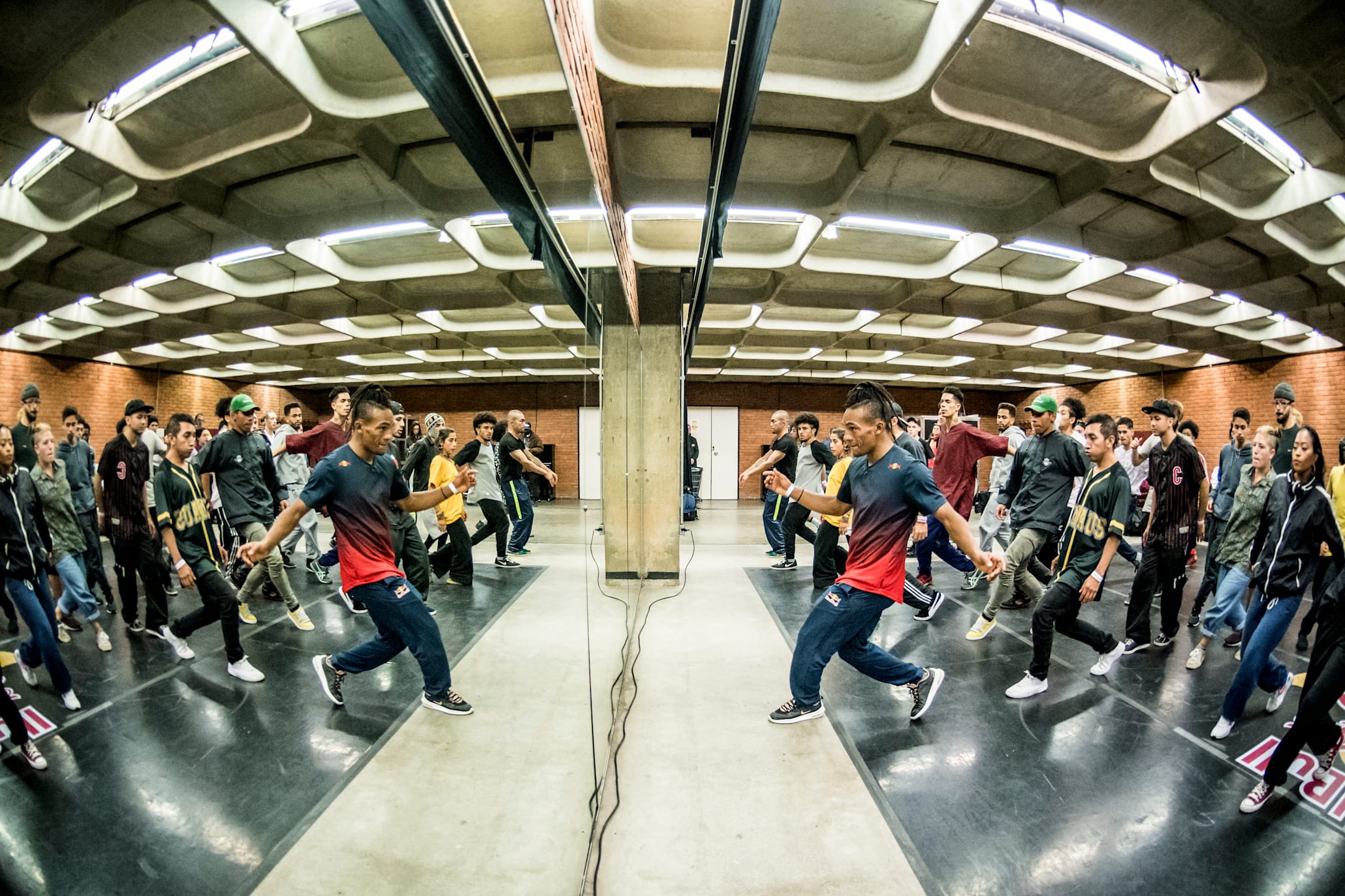

Share this post
Twitter
Google+
Facebook
Reddit
LinkedIn
StumbleUpon
Pinterest
Email